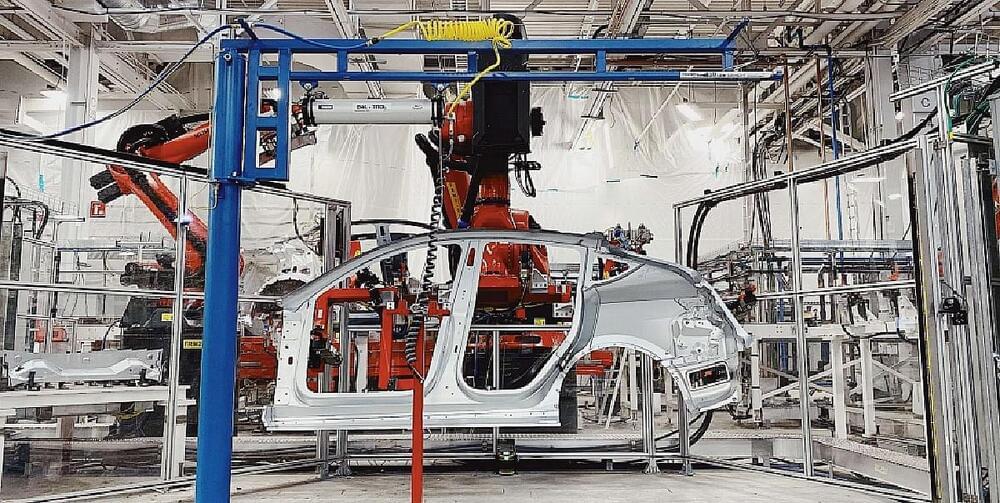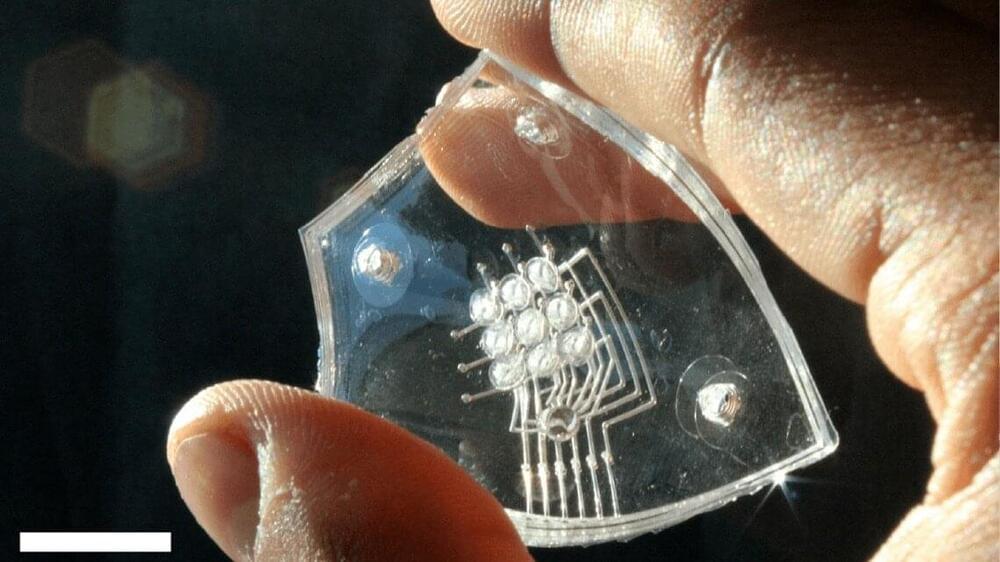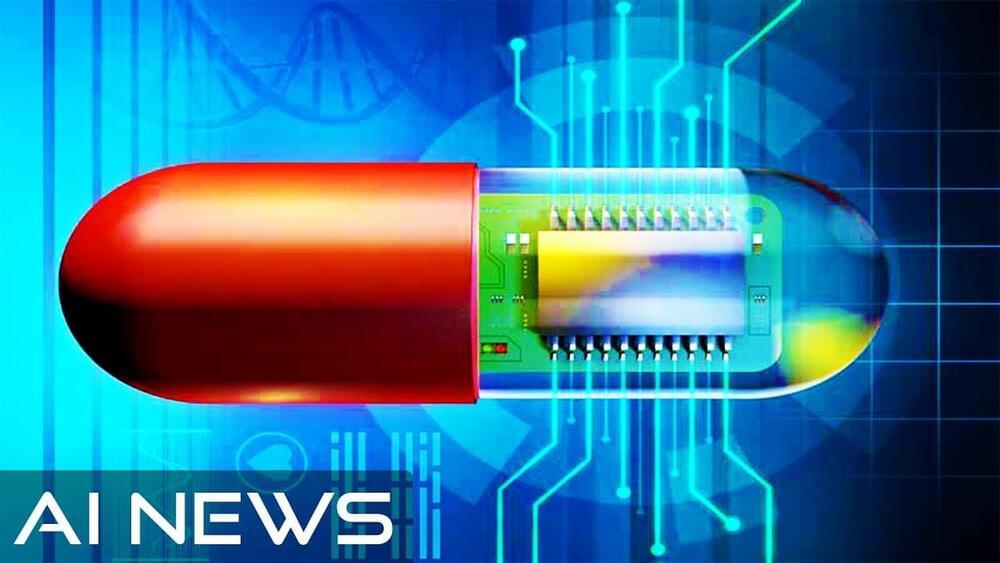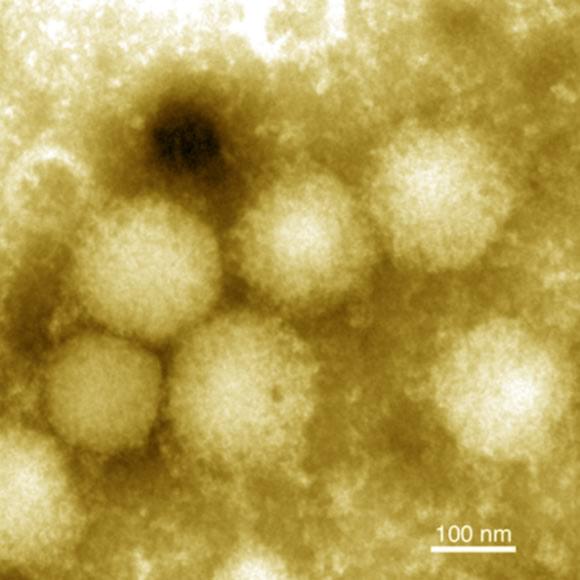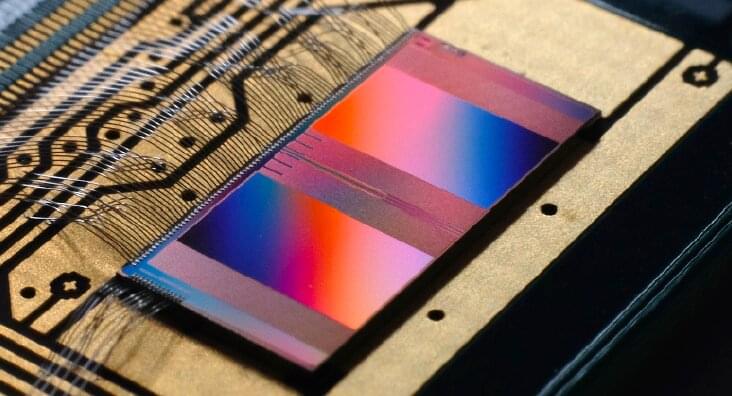Tesla’s impressive third-quarter delivery performance overshadowed the automotive industry’s ongoing struggle with the semiconductor chip shortage. Among all of the world’s automakers, Tesla has been basically the only car company to avert the crisis as it has not had any overwhelmingly public stoppages in vehicle production. Morgan Stanley’s new investor note, drafted by lead analyst Adam Jonas, examines Tesla’s ability to avoid detrimental production stoppages, which effectively helped the company capture its best quarter in company history.
Jonas titles Morgan Stanley’s most recent investor note, “How Did Tesla Find Chips?” In all honesty, this riddle was solved during the Q2 2021 Earnings Call, where Tesla stated in its Shareholder Deck that it used a combination of in-house microcontrollers to avoid any major catastrophes in the manufacturing of its vehicles. The company wrote:
“Our team has demonstrated an unparalleled ability to react quickly and mitigate disruptions to manufacturing caused by semiconductor shortages. Our electrical and firmware engineering teams remain hard at work designing, developing and validating 19 new variants of controllers in response to ongoing semiconductor shortages.”
